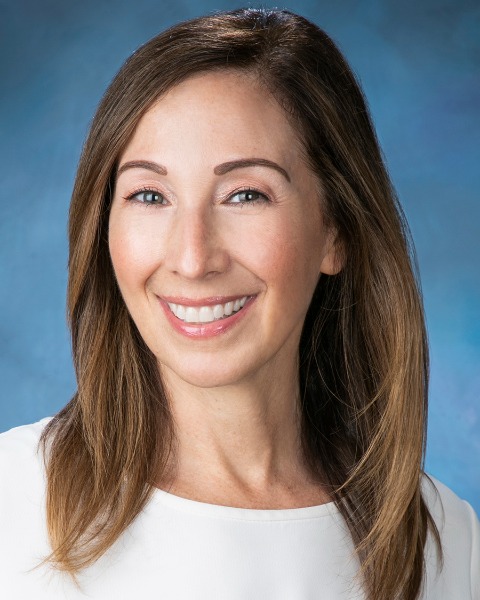Pediatrics (P)
(PP1109) Stapes Fixation and Superior Canal Dehiscence in a 15 Year Old

Erica B. Friedland, AuD
Chair and Associate Professor
Nova Southeastern University
Fort Lauderdale, Florida, United States- PG
Patricia Gaffney, AuD
Professor
Nova Southeastern University
Fort Lauderdale, Florida, United States
Lead Presenter(s)
Presenter(s)
Stapes fixation and superior semicircular canal dehiscence (SCDS) are two disorders with partially overlapping clinical presentations. Both disorders involve a disruption in the flow of acoustic energy to the inner ear. The co-morbid occurrence of stapes fixation and SCDS is currently unknown. SCDS is often identified when there is a failure of air bone gap closure with stapes surgery and symptoms of SCDS begin. A small number of case reports are available in the literature, but all have been adult cases. This case review presents a report of a pediatric patient whose symptoms began at age 11.
Summary:
A 15-year-old male was referred for repeat audiologic testing. He was referred by otology with a diagnosis of juvenile otosclerosis. Previous testing indicated an audiometric pattern consistent with conductive hearing loss for the left ear. A recommendation of middle ear exploratory surgery by the otologist led to genetic testing for X-linked perilymphatic gusher (DFNX2) and computed tomography (CT) imaging.
Stapes fixation, or otosclerosis, and superior semicircular canal dehiscence (SCDS) are two disorders with distinct, and partially overlapping, clinical presentations. Otosclerosis is a progressive change in the bony properties of the stapes footplate that can impede the motion of the oval window. SCDS is a disorder that involves a thinning or absent bony covering over the superior semicircular canal. Both disorders involve a disruption in the flow of acoustic energy to the inner ear. Similarly, both disorders may show a conductive pattern on audiometric testing. Differential diagnosis is typically made using immittance, VEMP, and signs/symptoms.
Audiometric evaluation of this child indicated a mild to moderate conductive hearing loss in the left ear and a slight low frequency conductive hearing loss in the right ear. Tympanometry was within normal limits for each ear. Middle ear muscle reflexes were absent for each ear in all conditions. Cervical vestibular evoked myogenic potential (cVEMP) via air conduction yielded a predictably absent response in each ear. cVEMP via bone conduction was present, and robust, down to 45dBnHL in the right ear and 55 dBnHL in the left ear. Multifrequency tympanometry test results were not consistent with a stiffness disorder such as otosclerosis.
CT imaging results identified soft tissue at the stapes footplate in the right ear with the additional identification of bilateral superior semicircular dehiscence. No evidence of otospongiosis was noted for the left ear. Genetic testing was negative for DFNX2 but positive for heterozygous alleles for GJB2 and DIAPH3. Evaluation of both biologic parents indicated normal hearing for each ear.
Case reports in the literature of co-morbid otosclerosis and SCDS are usually identified after middle ear surgery fails to close the air bone gap and improve hearing. In addition, typical signs and symptoms of SCDS are now uncovered as the third mobile window has been restored. Management of these patients with or without surgery is complex. A caveat to this case is that this is a pediatric patient and to date all reports in the literature have been adults. Since this case is ongoing, surgical management has not been decided and further details may arise.
Learning Objectives:
- Describe the differential diagnosis of co-morbid otosclerosis and superior canal dehiscence syndrome and treatment implications.
